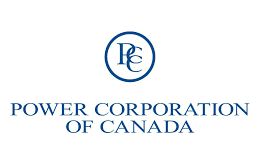by Stephen H. Dover, CFA, Chief Market Strategist and Head of Franklin Templeton Institute, Franklin Templeton
“Web1” represents static websites, and “Web2” represents the shift in the delivery of the internet to user-centric, dynamic web offerings and platforms. Head of Franklin Templeton Institute Stephen Dover offers some perspective at the dawn of “Web3.”
With the recent headlines around digital currencies, the case for improving financial market integrity may never be stronger. To better understand the widening impact of the current phase in the growth of the internet, the Franklin Templeton Institute hosted a webinar from its “Promise of Progress” series featuring Sandy Kaul, Head of Digital Assets and Industry Advisory Services, and Omid Malekan, adjunct professor at Columbia University, focused on Web3. Here are some of my key takeaways:
- Read, write and own is a simplified way to look at the history of the internet. Web1 represents websites where content was read. Web2 turned individuals into content producers. In addition to building a trustless system, Web3 aims to give users property rights and allow them to digitally own unique assets.
- A “trustless system” is a counterintuitive term that really means you can trust a transaction without having to trust any other participant.
- FTX was not a failure of web technology or the blockchain. It was a failure of the leaders of a corporation to be trustworthy with clients’ assets. Web3 reduces the reliance on individuals and allows the possibility of a “trustless system” through decentralized financial (Defi) exchanges.
- In the same week that FTX was collapsing using a centralized system, decentralized exchanges that operate on public blockchains experienced a four-fold increase in volume, likely because they are networks with thousands of independent verifiers who see a synchronized real-time view of every transaction.
- FTX will have a historical impact because it will likely prove a stimulus for better regulation. Market participants who want to see a successful and professional digital asset landscape should welcome regulatory requirements that help reduce counterparty risk.
The technology backbone for Web3 has been built, and the innovation being built on this foundation could open new asset categories. For a more detailed view on the specific implications of the FTX implosion, please look out for an upcoming piece from Sandy Kaul entitled “Evolution and Revolution: FTX Fallout and the Future of Digital Assets.”















